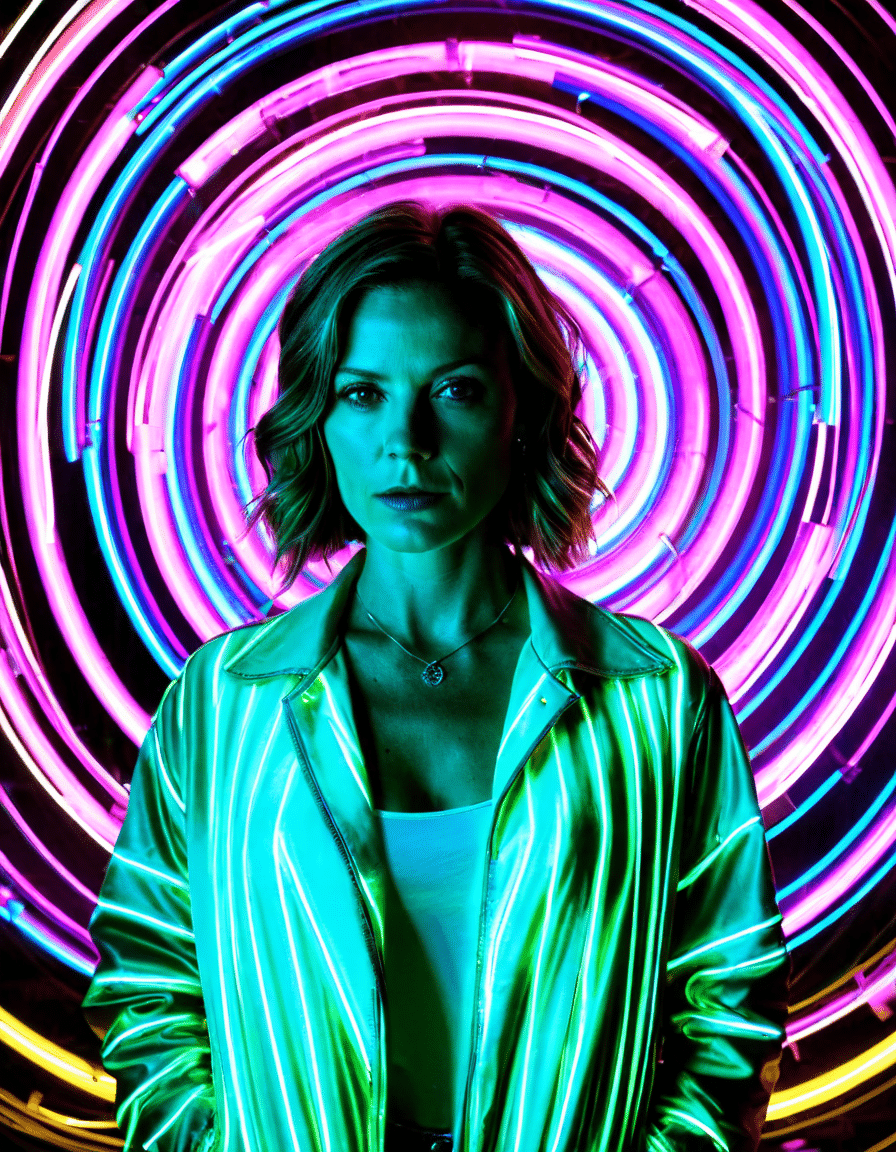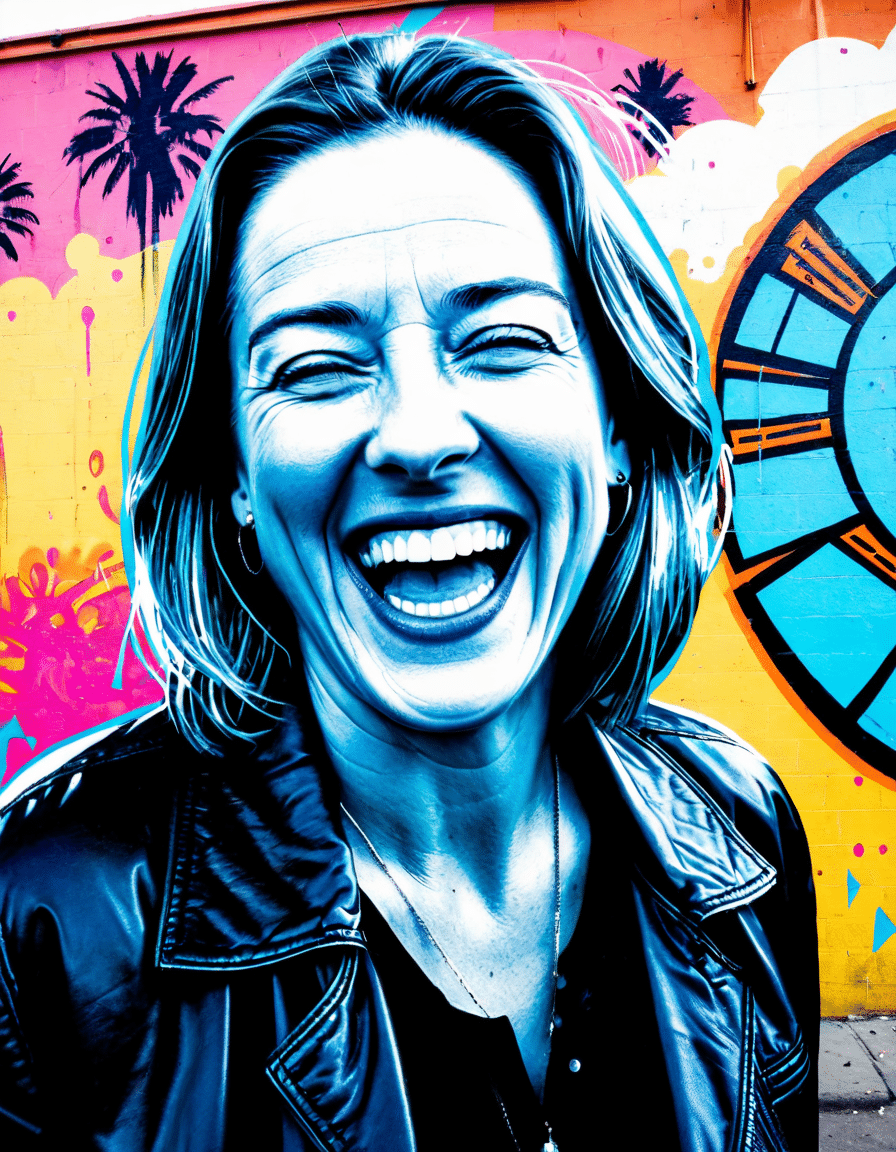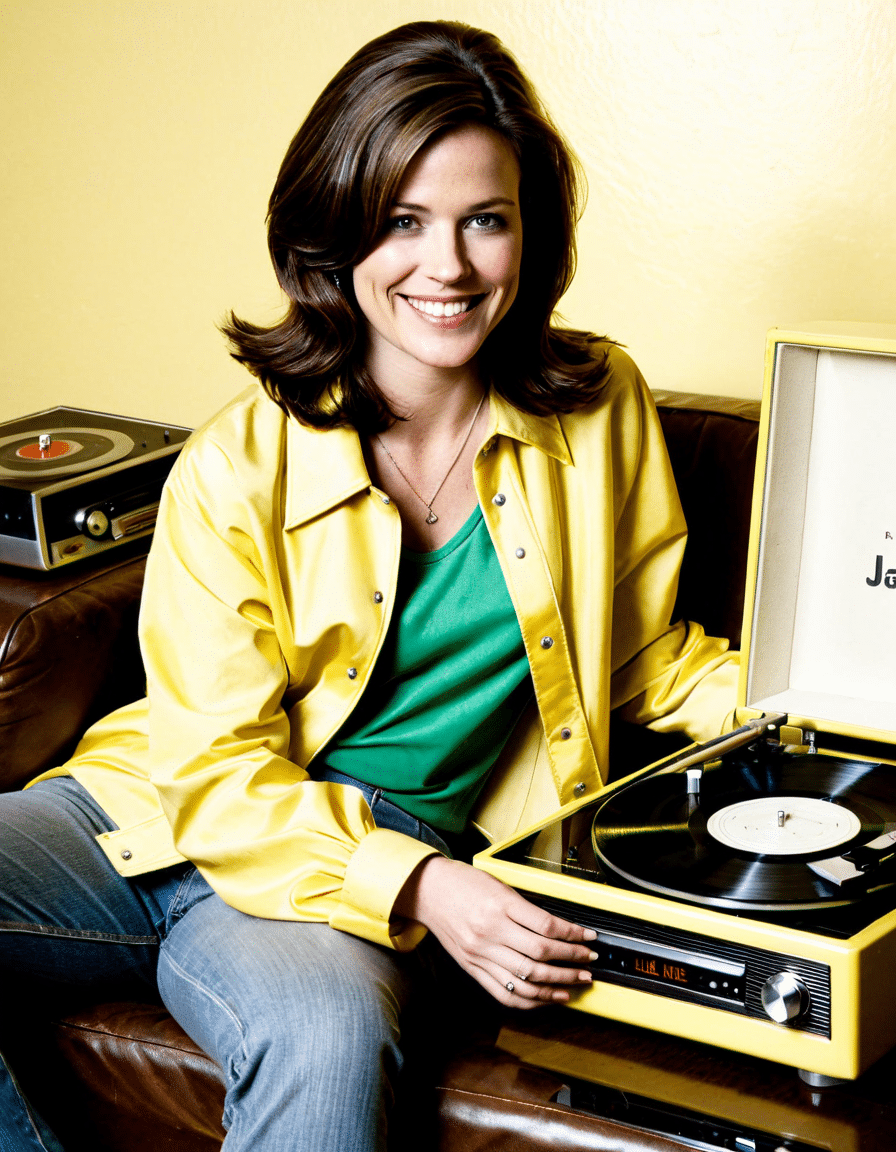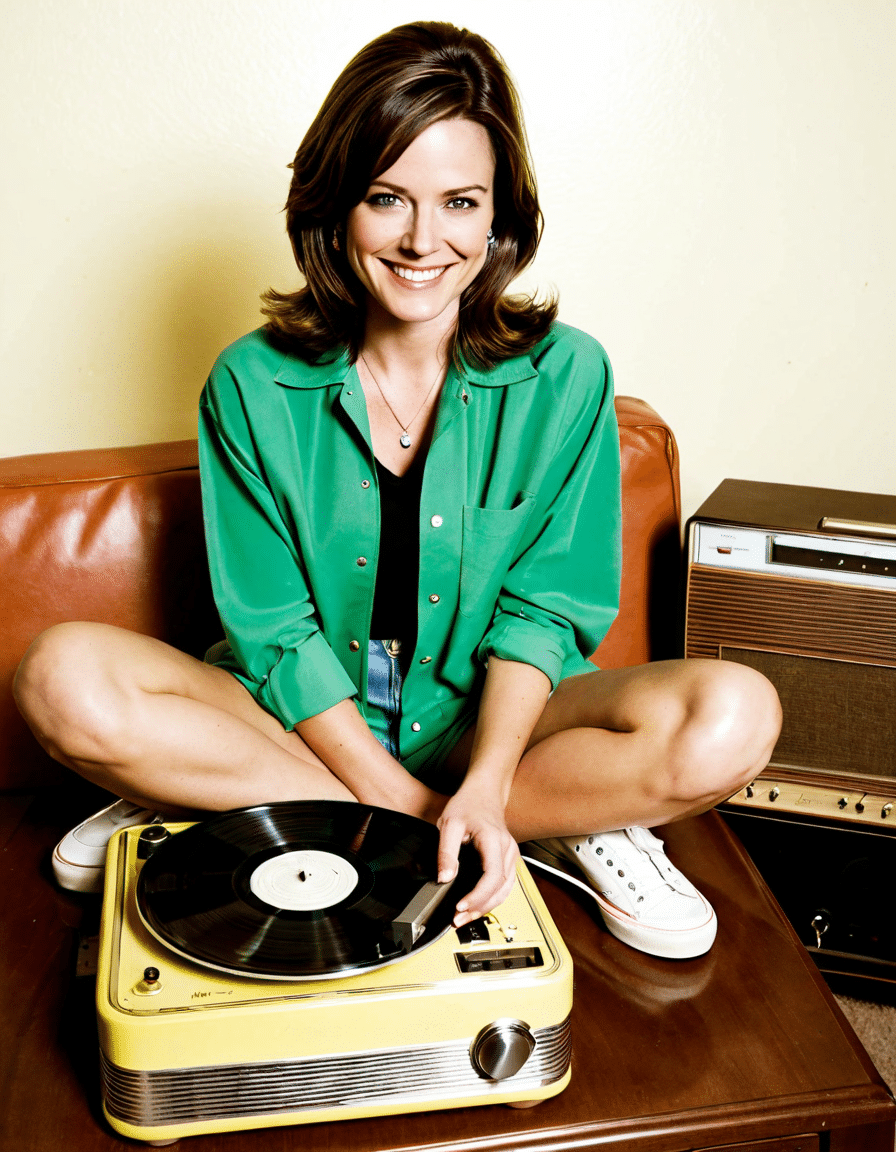
Jane From Breaking Bad A Look At Her Lasting Impact
In the groundbreaking series Breaking Bad, the character Jane Margolis, played by the talented Krysten Ritter, remains a pivotal figure whose significance has lingered long after the show wrapped up in 2013. Jane from Breaking Bad isn’t just a love interest; she symbolizes a tangled mix of addiction, passion, and inevitable tragedy, demanding ongoing discussions among fans and critics alike. Her legacy extends beyond her story, influencing narratives and shaping discourse around addiction, morality, and the complexity of human relationships.
The impact of Jane has swayed how we perceive female characters within the context of male-driven narratives. As the series unfolded, viewers found themselves drawn to Jane’s multilayered personality, marked by her struggles and her undeniable charm. This article dives into her enduring legacy and significant influence, both within Breaking Bad and the wider landscape of popular culture.

The Enduring Legacy of Jane Margolis in Breaking Bad
Jane’s journey is defined by her relationships: primarily with Jesse Pinkman, played by Aaron Paul, and, indirectly, with Walter White, portrayed by Bryan Cranston. From her first appearance, Jane captivates audiences as someone who embodies the beauty and chaos of life. She awakens in Jesse an emotional depth that has often been neglected due to his turbulent life choices. However, Jane’s character arc takes a poignant turn, leading to her tragic demise from an overdose—a scene that sparks vital conversations around addiction.
Her presence has ignited debates about how the show portrays addiction and the emotional toll it takes on the loved ones surrounding an addict. In an era where stories about addiction have gained prominence, characters like Jane are critical touchpoints—helping audiences understand the personal battles wrapped in societal issues. Shows like Euphoria continue to echo Jane’s struggles, illustrating the profound connection between her narrative and ongoing cultural conversations about addiction.
Jane’s influence stretches far and wide, resonating with filmmakers, writers, and actors alike. By weaving a character who is both relatable and deeply flawed, the creators of Breaking Bad opened the door for more authentic representations of women in media. This legacy is evident in the emergence of rich female characters in contemporary television, demonstrating how Jane’s impact can still be felt today.

Top 5 Ways Jane from Breaking Bad Influenced Modern Storytelling
Jane has paved the way for nuanced representations of women in shows where male anti-heroes typically take the lead. Her depth is akin to characters like Cersei Lannister in Game of Thrones or Villanelle in Killing Eve, who also navigate morally gray worlds. By exploring Jane’s layers, writers are encouraged to flesh out their female characters beyond stereotypes, showcasing that women are integral components in male-dominated stories.
The tumultuous romance between Jane and Jesse offers a raw examination of love intertwined with addiction. Their connection subverts traditional romance tropes often portrayed in television. In series such as The Sopranos, where Tony and Carmela’s relationship is colored by pain and loyalty, similar themes emerge, showing that relationships can survive intense struggles.
Jane helps to shine a light on addiction, framing it in a way that humanizes her character and draws attention to broader societal issues. Characters that evoke Jane, like the troubled youth in Euphoria, keep the conversation around addiction alive. Her tragic fate acts as a jarring reminder of the consequences of substance abuse, inviting discourse that transcends the screen.
Jane diverges from traditional supporting female roles by fundamentally shaping Jesse’s story. Her influence fosters growth within his character, illustrating that women’s roles can catalyze male character development. This reflects a shift seen in series like Ozark, where Wendy Byrde plays a crucial part in her husband’s criminal undertakings, shifting focus from male dominance to a more equitable storytelling approach.
The introduction of Jane through striking visuals and dreamlike sequences establishes a new approach to character presentation. Such artistic choices set a standard for subsequent series, including Mr. Robot and Fargo, emphasizing that the visual framing of characters can enhance their narrative significance. Creators today recognize that storytelling is as much about how we see characters as it is about who they are.
Comparing Jane from Breaking Bad to Skyler White: Two Sides of the Same Coin
In Breaking Bad, both Jane and Skyler White, played by Anna Gunn, serve as critical reflections of Walter White’s character. However, they take strikingly different paths that reveal various aspects of womanhood. Jane embodies chaotic freedom and passion, whereas Skyler represents the weight of societal expectations and the trials of motherhood. Their contrasting arcs contribute to a richer exploration of gender roles within the series.
While Jane’s descent into addiction highlights the tragic consequences it brings, Skyler’s transformation tackles her moral dilemmas as she becomes an accomplice in Walter’s criminal empire. The juxtaposition of these two stories elevates the moral complexity of Breaking Bad, giving viewers a chance to engage in a deeper analysis of the characters’ motivations.
Moreover, comparing Jane and Skyler allows us to appreciate the different ways women navigate their identities amid tumultuous circumstances. Their stories, while distinct, form essential layers in the show’s commentary on love, loyalty, and personal integrity, enhancing the narrative depth that fans continue to dissect today.
The Cultural Impact of Jane from Breaking Bad Beyond the Screen
Jane from Breaking Bad lives on beyond her narrative, influencing various cultural phenomena that extend into everyday life. Her eclectic fashion sense, a mix of vintage bohemian vibes and striking colors, has inspired numerous fashion trends, even popping up in contemporary indie fashion lines that echo her aesthetic.
Jane’s journey has also led to a meme culture where moments from her storyline are celebrated online. These memes often capture her poignant lines and pivotal scenes, transforming her character into a cultural icon and highlighting the lasting impressions she leaves on fans.
A Lasting Impression in the Age of Television
Despite the passage of time since Breaking Bad aired, Jane Margolis remains a cornerstone in television history. As storytellers continue to explore the complexities of human experiences, Jane’s character exemplifies how impactful narratives can shape societal discussions. Through her rich, multifaceted portrayal, she’s not just a figure of the past; she remains a symbol influencing how women are represented in media today.
Jane’s story invites audiences to reflect on love, loss, addiction, and the search for redemption. In an age of ever-evolving storytelling, her legacy prompts creators to delve deeper into the emotional layers of their characters. Ultimately, Jane’s impact is a lasting reminder that powerful narratives transcend time, echoing through conversations for generations to come.
Jane from Breaking Bad: Fun Trivia and Interesting Facts
A Glimpse into Jane’s World
Did you know that the character Jane Margolis, played masterfully by Krysten Ritter in Breaking Bad, was inspired by real-life figures who embody the rebellious spirit of youth? One of the more adventurous influences might surprise you—it’s reminiscent of Dally from The Outsiders, a character known for his bad-boy charm and captivating presence. Just like Dally, Jane exudes a sense of independence and vulnerability that makes her deeply relatable. Her journey through addiction and love captivates and resonates with audiences, leaving an indelible mark on viewers everywhere.
Behind the Scenes Insights
Another intriguing trivia nugget: Jane’s artist background isn’t merely for show. The set designers really catered to her character’s creative edge, and the details reflect her passion. This artistic flair is similar to the aesthetics you’d find at the Rusty Pelican in Miami, where unique decor meets vibrant ambiance—places that reflect an artistic bent. Moreover, Krysten Ritter herself has had an eclectic career that includes roles in films that dive into the world of relationships and self-discovery, not unlike the brilliant chaos of Showgirls. That chaotic energy mirrors Jane’s tumultuous relationship with Jesse, showcasing how love can often be a double-edged sword.
Cultural Impact and Legacy
Jane’s character has sparked discussions about the portrayal of addiction in media, resonating well beyond Breaking Bad. Many fans have noted how her story is both a cautionary tale and a harrowing reflection of real-life struggles. The character is intertwined with the lives of other notable figures—a comparison can be drawn to Ana Foxxx, whose performances often challenge societal norms, just as Jane did in her narrative arc. Both characters invite viewers to delve deeper into personal stories that defy expectations, showing how art can evoke empathy and understanding.
In pop culture, Jane’s impact continues to shine bright. She’s become an emblem for many seeking to escape toxic relationships, much like fans flocking to Suncoast Movies in search of that elusive perfect film—stories that resonate hit home. Even celebrities like Alex Aniston might find inspiration in Jane’s journey, reminding us that everyone has battles they fight in silence. All in all, Jane from Breaking Bad is more than just a character—she’s a symbol of enduring legacy, reminding us that our stories, however complex, deserve to be told.










